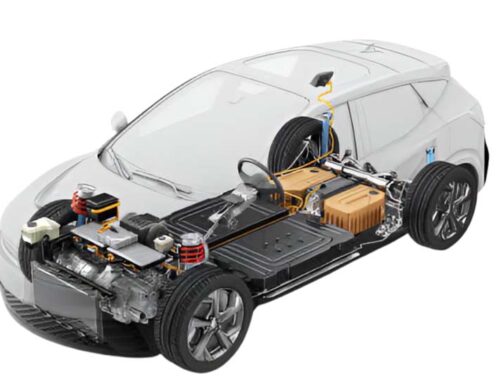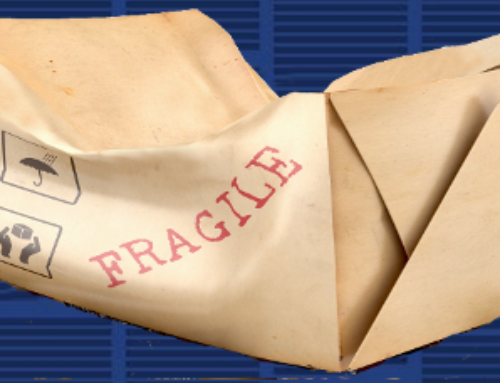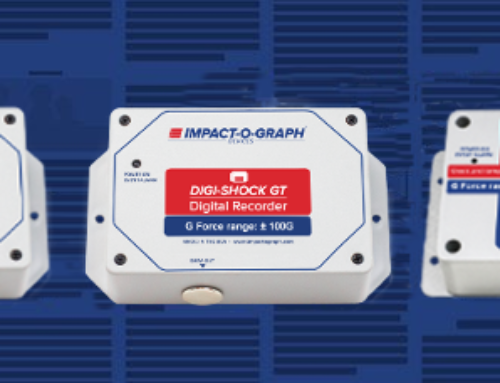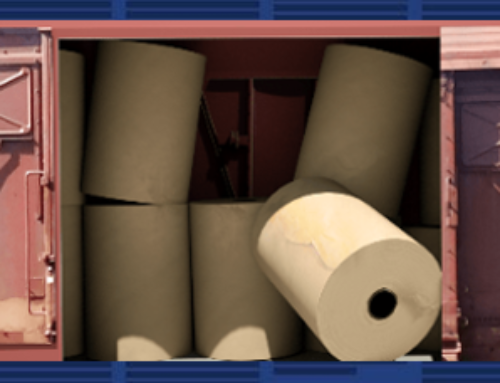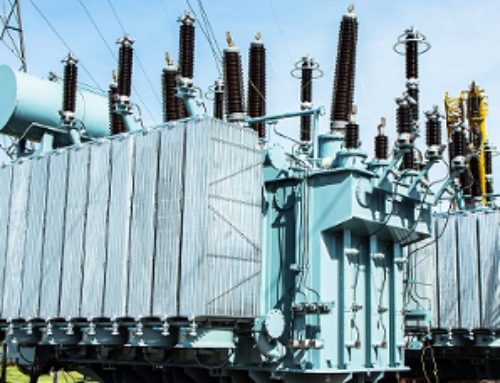Have you ever had a pleasant drive disrupted by the unexpected thump of hitting a pothole? If not, lucky you. But if you have hit a pothole, you experienced the effect of g-force. The sudden short drop and then hard impact that hopefully doesn’t damage your vehicle. This is no different than when you ship products in transit. G-force instances that can potentially damage your goods in transit.
So when we refer to g-force, it means the gravitational force that pulls all objects towards the center of our planet. The g in g-force actually refers to the measure of acceleration (gravity pull) of the object. The force really is the weight of the object. When an object drops, gravity causes acceleration. If the product exceeds its g-force threshold, which is dependent on the weight / mass of a product, it will potentially incur damage.
Almost any product is susceptible to damage caused by excessive g-force regardless of how well the packaging is designed. Certain monitoring devices are designed with precise calibrated springs at specific g force levels that are held in place until disrupted. This indicates the designated g-force level was exceeded. More sophisticated devices such as impact recorders use electronic accelerometers to record g force impacts. All are designed to alert for potential damage.
Key elements for determining g-force level for a product are weight and mass. Basically the bigger and heavier the object, the lower the g-force level required to monitor. For example, if you have a multi ton product that is incurring vertical movements one inch or less exceeding 2g level could be enough to damage the product. So determining the correct g-force level of the monitoring device is critical to accurately measure for potential damage.
Impact-O-Graph can work with your technical staff to help determine the correct g force needed to monitor your product. Talk to one of our experienced representatives today.

